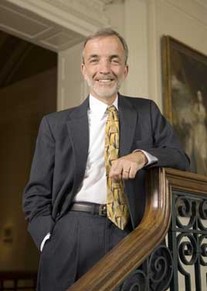Given the sad state of Haiti, still laid low by the Jan. 12, 2010 earthquake and now paralyzed by a 100-day-old government that has been unable to take office — more frightening details are in today’s New York Times — I thought I’d mention an art-world effort to help.
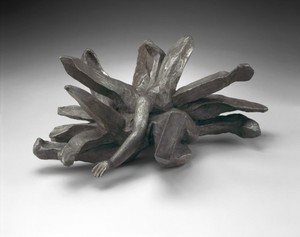 Gallerist David Zwirner and Ben Stiller have organized “Artists for Haiti,” a sale of 26 works by 25 artists donated to raise money for the cause. The works will be auctioned on the evening of Sept. 22 at 7 p.m. at Christie’s. The e-catalogue is here, and there’s a special website for the effort.
Gallerist David Zwirner and Ben Stiller have organized “Artists for Haiti,” a sale of 26 works by 25 artists donated to raise money for the cause. The works will be auctioned on the evening of Sept. 22 at 7 p.m. at Christie’s. The e-catalogue is here, and there’s a special website for the effort.
Zwirner is holding the exhibition preview at his W. 19th St. gallery Sept. 6 – 14, with a public reception on Sept. 8.
Among the artists whose works will be sold are Jasper Johns, Cecily Brown, Marlene Dumas, Dan Flavin, Elizabeth Peyton, James Rosenquist, Ed Ruscha, Cindy Sherman, and Zhang Huan. The entire list can be found here, on the press release, which says:
100% of the proceeds from this sale will go directly to support nonprofits and NGOs that are already performing extraordinary work on the ground in Haiti, including: Architecture for Humanity, Artists for Peace and Justice, Ciné Institute, Grameen Creative Lab, J/P HRO, Partners In Health, and The Stiller Foundation, among others.
Christie’s has, of course, waived all fees.
Above is an offering (Untitled) by Louise Bourgeois from 2006.
Former president Bill Clinton is co-chairing a Sept. 23 benefit for the Stiller Foundation, which focuses on the development of schools in Haiti, with tickets starting at $2,500. Attendees will receive a tote bag designed by Zwirner’s wife, Monica, and available on the MZ Wallace website for $125, with all proceeds going to Artists for Haiti and the Stiller Foundation.
Photo Credit: Gift of The Easton Foundation, courtesy Hauser & Wirth and Cheim & Read
Photograph by Christopher Burke

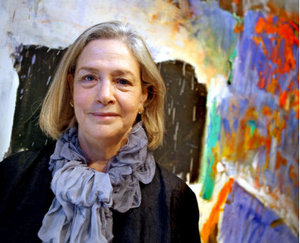
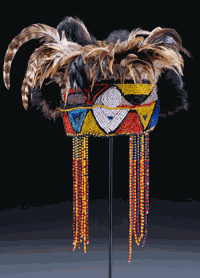 Dallas is a long way from New York, and traditional African societies are a long stretch from hatmaker Stephen Jones. But exhibitions of both — African Headwear: Beyond Fashion at the Dallas Museum of Art and Hats: An Anthology by Stephen Jones at the Bard Graduate Center in New York — show that visual sense may carry over from one place to another fairly frequently.
Dallas is a long way from New York, and traditional African societies are a long stretch from hatmaker Stephen Jones. But exhibitions of both — African Headwear: Beyond Fashion at the Dallas Museum of Art and Hats: An Anthology by Stephen Jones at the Bard Graduate Center in New York — show that visual sense may carry over from one place to another fairly frequently. 
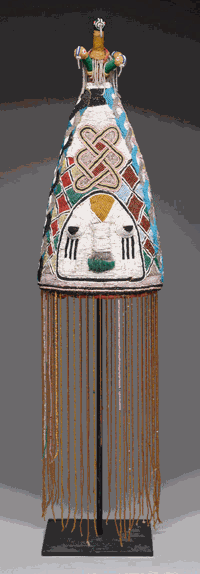 At Bard,
At Bard, 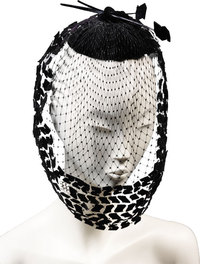

 Clearly, Mason City is not the boomtown it was when the hotel opened in 1910, but
Clearly, Mason City is not the boomtown it was when the hotel opened in 1910, but  The restored hotel includes Wright’s original art-glass skylights in the lobby, a restored multi-colored terra-cotta façade, and a freshly repaired roof with its characteristically Prairie School hanging eaves. But according to the
The restored hotel includes Wright’s original art-glass skylights in the lobby, a restored multi-colored terra-cotta façade, and a freshly repaired roof with its characteristically Prairie School hanging eaves. But according to the 